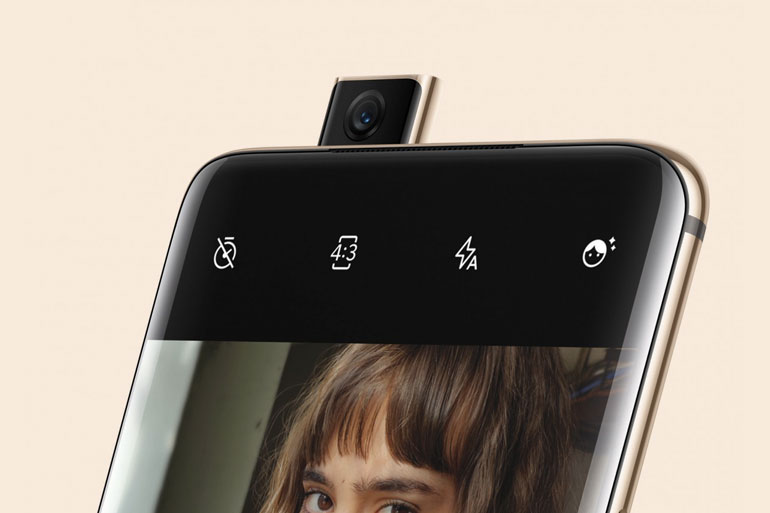
This way, for example, Night mode can be right next to the main Photo mode, if you want it to be.
#Camera plus pro resolution pro#
Now, all the modes can be moved around, and modes like Pro and Slow Motion video can be dragged into the main menu, too. Go to More, then tap the pen icon in the bottom right of the screen.

This can be edited to include some of the modes that are otherwise hidden under the More option. Samsung places its various camera modes in a scrollable list above the shutter button. You also need the right mode to be quickly accessed. Opening the camera app is only the start. It instantly unlocks the phone and opens the camera app. This action works when the screen is dark and requires no other interaction from you. In addition to the swipe up quick access icon in the bottom right of the home screen, try a double-press of the power key instead. Unlocking your phone and opening the app wastes valuable time when you want to use the camera quickly. Whichever one you own, all the advice and tips we give here apply, and the results in our tests of both phones show no differences between them in the real world. Andy Boxall/Digital Trendsīoth shoot 3x hybrid optical zoom photos, have dual optical image stabilization, Night mode, 8K video recording at 24fps and with HDR10+ support, plus a 10-megapixel selfie camera in the hole-punch cutout at the top of the screen. The Galaxy S20 Plus adds a simple VGA Depth Vision sensor to the set up, helping with bokeh effects and focus. Both have a main 12-megapixel f/1.8 aperture sensor, a 12-megapixel f/2.2 aperture wide-angle sensor, and a 64-megapixel f/2,0 telephoto sensor. The Samsung Galaxy S20 and S20 Plus’s cameras are almost identical.

If you have a Samsung Galaxy S20 Ultra, however, we’ve got a separate camera guide for you here. Take a few minutes to read through our guide to the Galaxy S20 and S20 Plus’s camera, and you’ll be ready to go. Show 6 more items Andy Boxall/Digital Trends Take high-resolution stills when shooting 8K video.


 0 kommentar(er)
0 kommentar(er)
